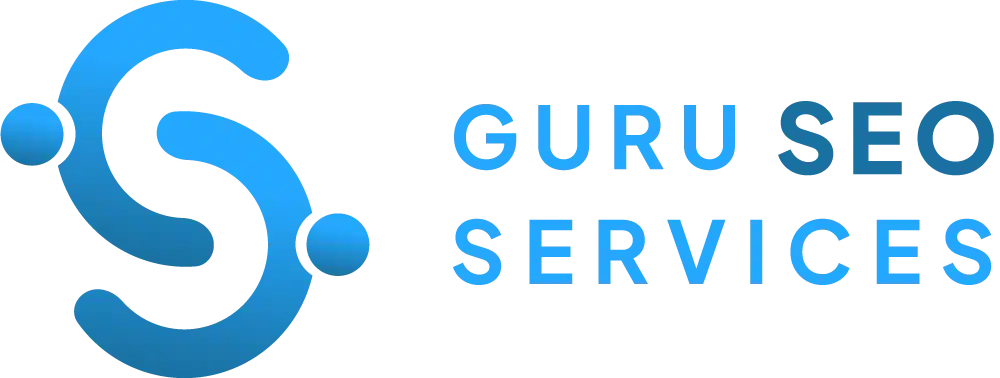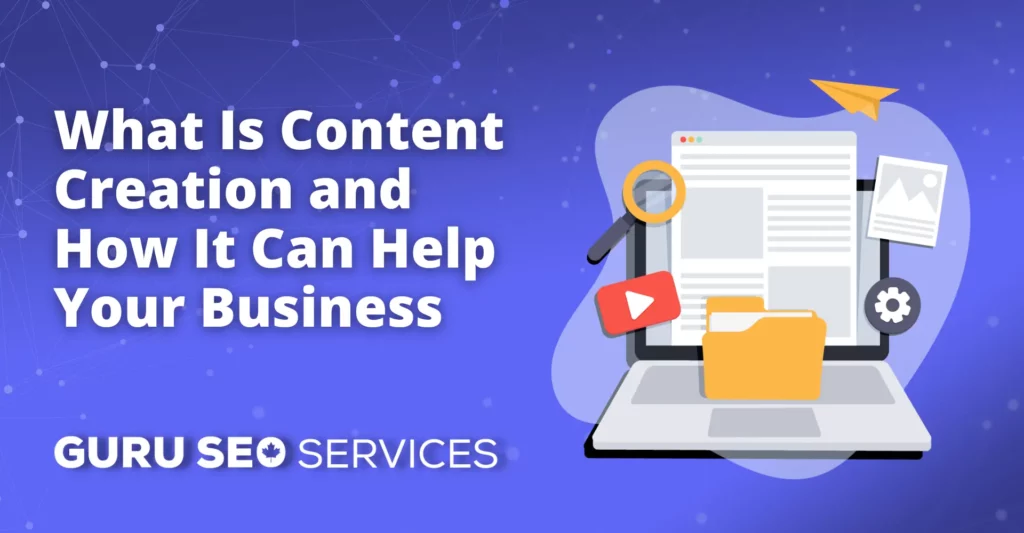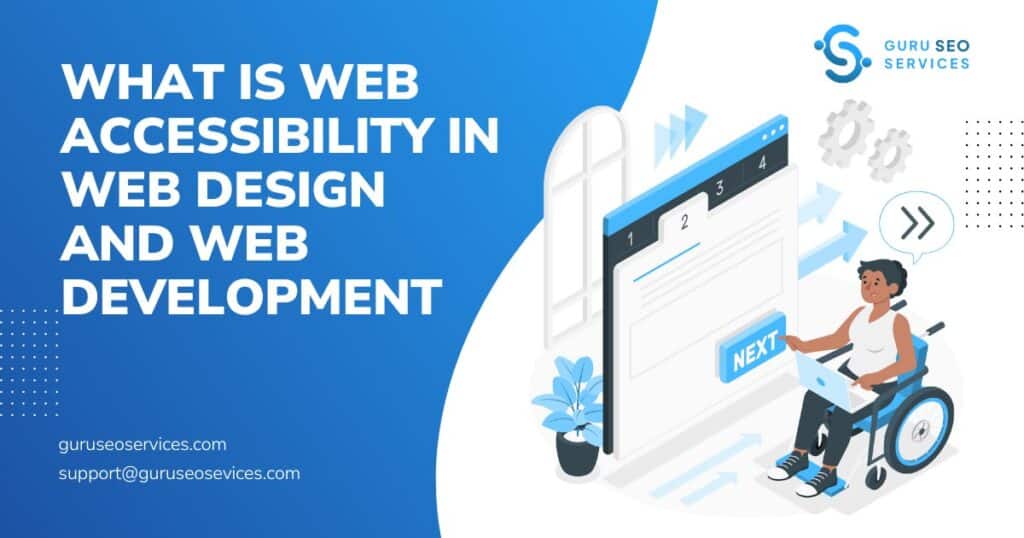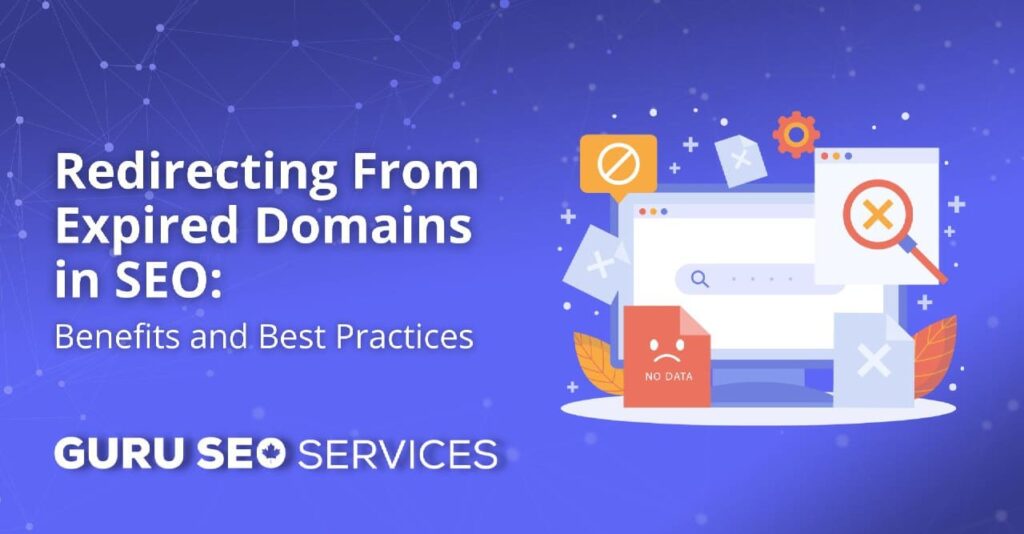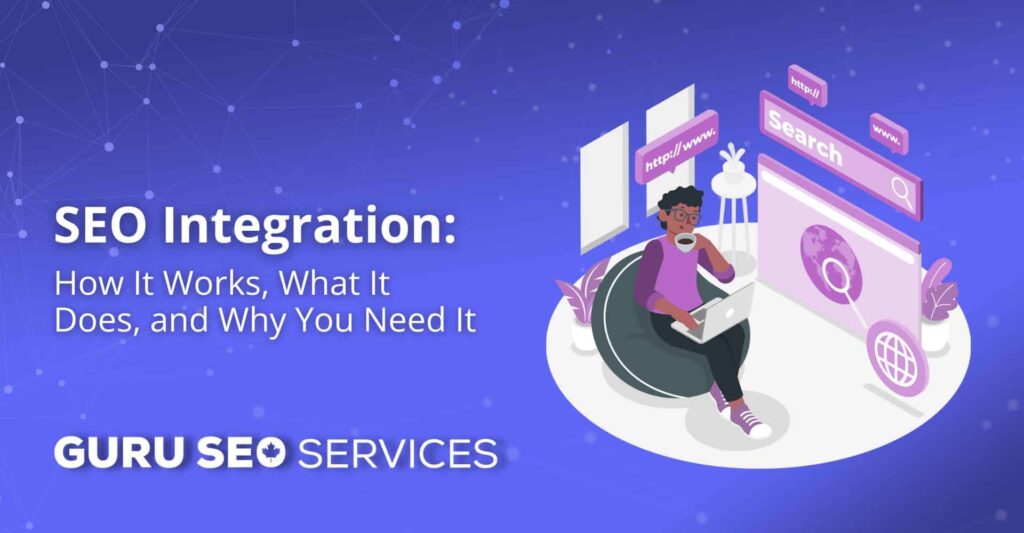If you want to know what content creation is, how it works, and why – you’ve come to the right place.
We’ll guide you through how to create content, the types to consider, and the statistics to know. Without further ado, let’s jump into it.
What Is Content Creation?
Content creation is the cornerstone of all modern digital marketing efforts.
It is defined as the process of conducting research, generating ideas, and crafting those into high-value pieces, which are then put in front of or promoted to a target audience.
Digital content comes in many different forms, including blogs, infographics, web pages, videos, and social media posts.
Content generation can also be seen as the process of identifying a new topic, deciding which form to create it in, formalizing a strategy, and producing the piece.
Either way, creating great content (and one that customers will respond to) starts with a well-established process.
Why Is Content Creation Important?
Depending on the topic and its form, content creation can be a time-consuming responsibility. Yet, around 70% of B2B and B2C marketers use content marketing as part of their overall marketing strategy. And 91% of marketers achieved success with their content in 2021, according to Semrush.
So there must be something behind it.
Well, the reason so many marketers and businesses use content is to attract potential customers to their sites.
By creating high-quality content that is educational, informative, and engaging, you’ll be providing free and useful information to your audience. That means that you will not only be attracting new customers but also retaining existing ones.
Essentially, content equals business growth.
Types of Content
Now that you understand the importance of content creation, it’s time to delve into the types of content out there. It’s key to note that content comes in different shapes and sizes.
Content can be a piece of writing, video, audio, or an image. Some types of content you’re likely to come across include:
- Written content: Blogs, articles, eBooks, social media posts, emails, white papers, etc.
- Video: Animations, webinars, talking heads, etc.
- Audio: Podcasts, audiobooks, etc.
- Imagery: Infographics, visuals, etc.
While each type of content is going to have its benefits and drawbacks, before deciding how to utilize it in your strategy, it’s important to know how it works in SEO, social media, and websites.
Content for SEO
When creating content, no matter its type, you should know that you’re creating it for two main audiences. The first are your customers and the second are the search algorithms.
Let’s focus on search engines and their algorithms first.
Modern search engines are incredibly intricate, so it’s not as easy to rank highly these days. That’s especially true for lucrative keywords that signal an intent to make a purchase.
The process gets even more complicated when it comes to B2B sales, where the searcher is likely making their decision on more than just location. In that case, you need content that is specifically tailored to each stage of the customer’s journey.
Top-of-the-funnel content like blogs and videos should always be optimized so that users can easily find the information they’re looking for.
So when considering content creation for SEO, it’s important to ask these questions:
- What information is most valuable to my audience?
- What sets my brand apart from others in the industry?
- How can I help my audience reach the next stage of their decision-making process?
- What would persuade my audience to make a purchase today?
Content for Social Media
Even though social media content has a much shorter lifespan compared to other types of content, it still holds incredible value.
Social media posts can drive customer engagement and lead to increased sales. What’s more, they can enhance your other content marketing efforts.
For B2C brands, social media platforms are often the first place new customers learn about products. That makes it ideal for lending social proof to marketing campaigns.
However, one of the most important things to remember about social media content is that it needs to grab a reader’s attention – and quickly. You have such a short amount of time to make an impression. That’s why using relevant hashtags and eye-catching visuals is crucial to engage viewers before they move on.
Content for Websites
There’s a lot of research that goes into creating content for a website. But it all starts with making sure you understand how your customers make decisions and what type of content is most appealing to them.
To ensure your website content is doing what it’s supposed to, it needs to work together as a cohesive unit. That means creating a site that’s properly indexed in a way that provides maximum exposure to search engines.
What’s more, you will need high-quality content that provides upfront value to buyers and decision-makers.
The Content Creation Process
The content creation process might differ depending on your goals and needs. However, it should align with your unique business. You can take the following steps and make them your own to ensure they fit into your strategy.
Reviewing Goals
Before you start researching, writing, or creating, you have to make sure that your business goals frame your content generation process. Also, you should return to these goals throughout the process.
Examining Buyer Journeys
Look at your buyer journey and think about where and how your content should fit into it.
At the top of the funnel, it’s all about awareness. It’s where you’re trying to answer questions your audience is asking. You should also demonstrate your thought leadership within your industry.
The middle of the funnel is all about consideration and it’s when potential buyers better understand the cause of their problem. At this stage, they’re still not ready to make the purchase, but they are willing to give things a try.
Content at this stage should be focused on conversion and getting people to start free trials, request demos, or download solutions.
Finally, we have the bottom of the funnel, which is the decision-making stage. At this stage, your buyers are looking into several products or services, and they want to find the one that best fits their needs.
Your goal here is to persuade the buyer to purchase your solution and not the competitors’. Content at this stage should be focused on the benefits of your solution while providing clear evidence of how it has helped others.
Generating Topic Ideas
When figuring out your content strategy, it’s important to keep generating ideas. Brainstorm a number of ideas and consider the challenges and benefits of each. If possible, bounce the ideas off a colleague or someone else in the industry.
Doing Research
With a basic outline of what you want to do, it’s time to do your research. First off, you need the proper SEO tools to identify keywords, commonly asked questions, and more.
During your keyword research, you’ll find that different keyword phrases have different search volumes. Take note of the high search volumes because that’s what your audiences are looking for.
Creating Content
Depending on what part of the funnel you’re in, the content you can provide, and the questions you’re answering – it’s time to start creating content. Think about how your audiences consume content as well as what the best way to showcase your product is.
Reviewing Performance and Optimizing Content
Once your content is up, your work is far from over. You should use analytics tools to measure the success of your content. That said, keep in mind that blog articles, landing pages, and other types of content can take up to several months to give results, so it’s important to be patient.
To Sum Up
We’ve only scratched the surface of what content creation is, what it can be, and how it can work for you.
The entire process can be pretty complex and if you’re unsure where to start or how to proceed – call Guru SEO Services.
At Guru, we can help with content development, keyword research, social media management, and much more. To learn more about our process and how we can help your business, get in touch with us today!
